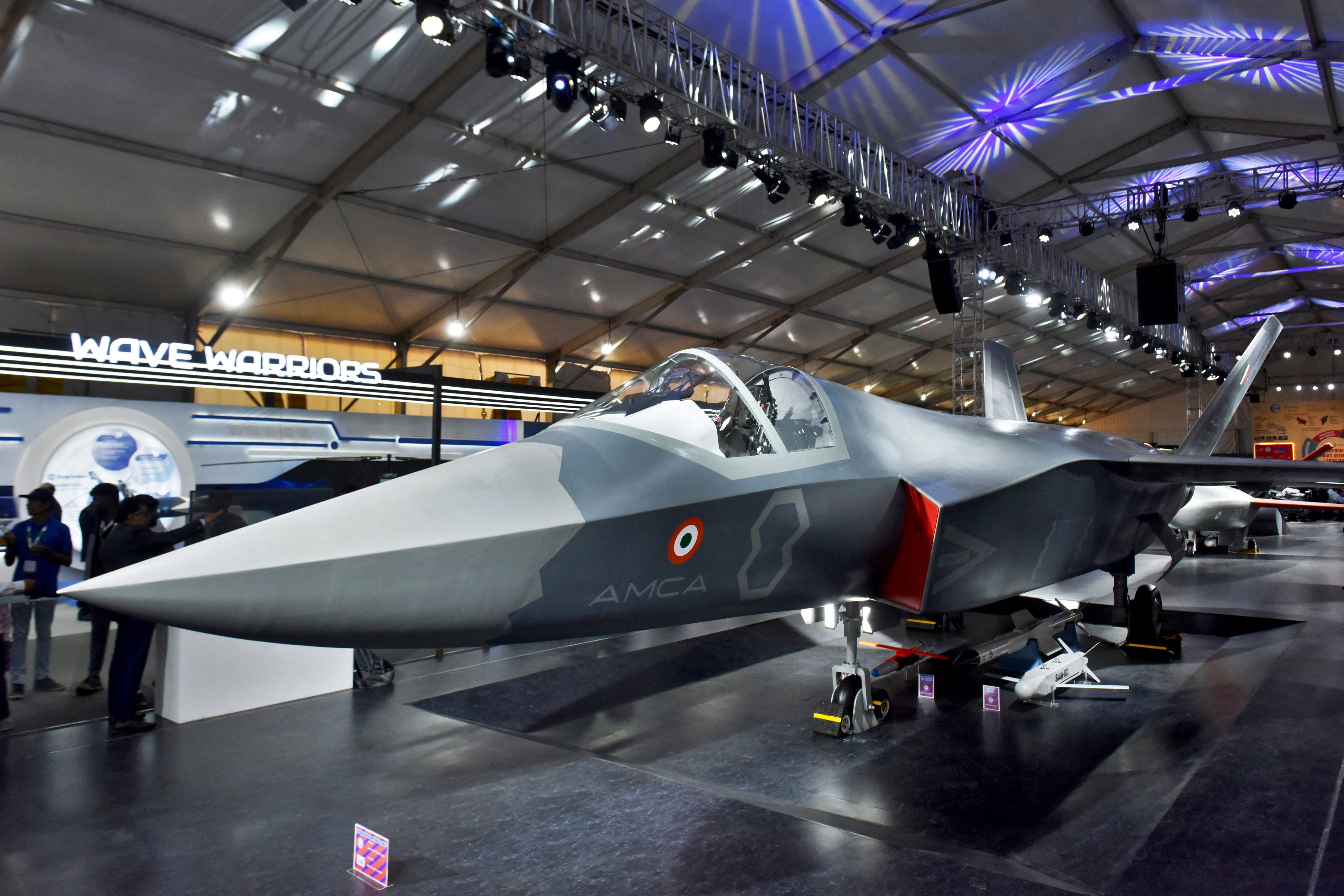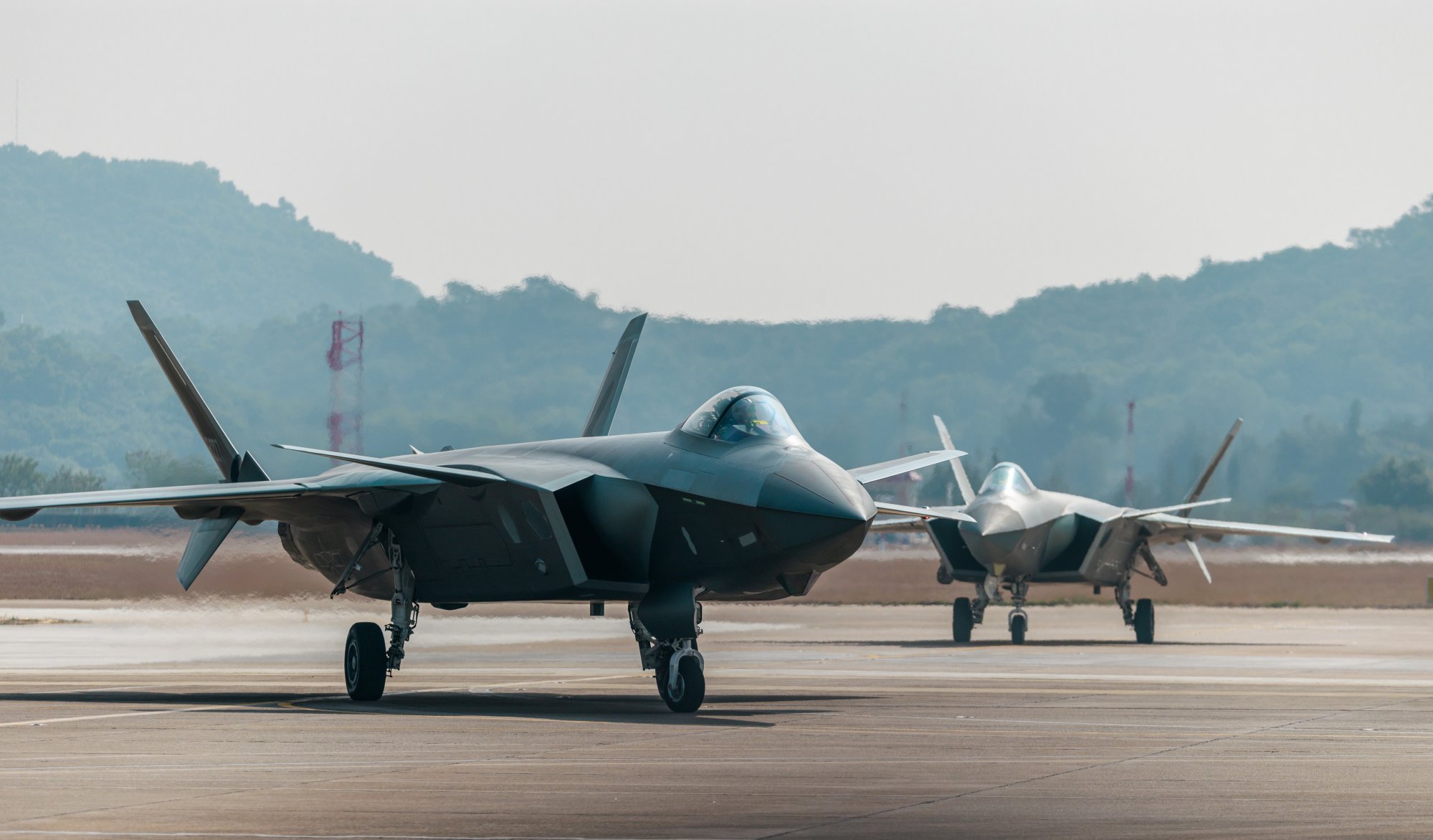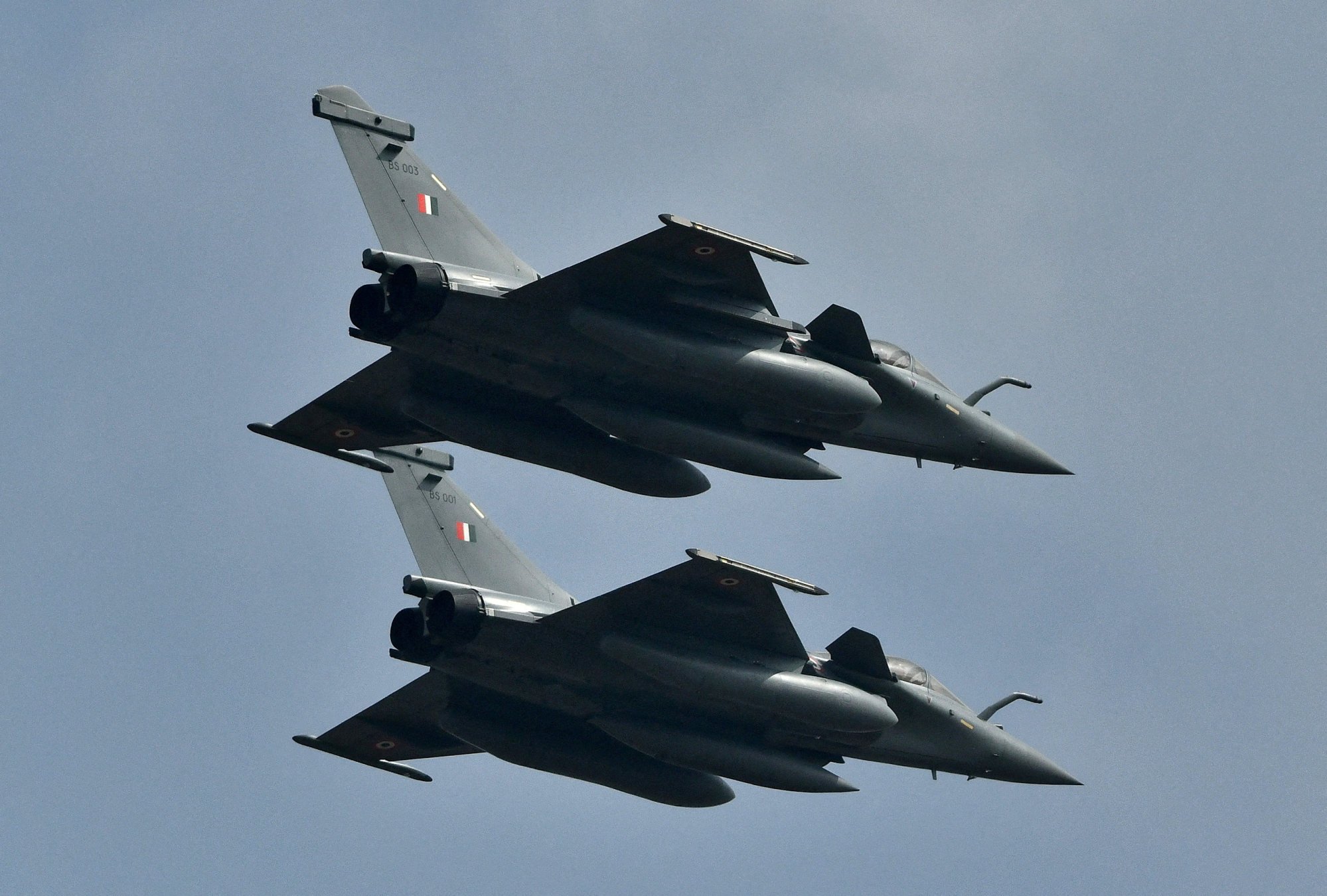Meet India’s answer to Pakistan’s Chinese jets: the AMCA stealth fighter
The Advanced Medium Combat Aircraft marks a leap towards military self-reliance, but the jet faces a long runway before it’s combat ready

For decades, India’s most advanced fighter jets have borne the stamp of foreign origin. But the country’s quest for military self-reliance took a leap forward last week with the long-awaited go-ahead for its own stealth fighter jet.
The Indian government’s green light for the Advanced Medium Combat Aircraft (AMCA) is being lauded by analysts as a watershed moment for national security, as the country confronts mounting military pressures from both Pakistan and China.
New Delhi’s Defence Ministry announced on Tuesday that it had approved the “execution model” for the AMCA – a fifth-generation fighter jet project aimed at enhancing the Indian Air Force’s deep-strike capabilities – paving the way for prototype development and eventual production.
“This is an important step towards harnessing the indigenous expertise, capability and capacity to develop the AMCA prototype, which will be a major milestone towards Aatmanirbharta (a self-reliant India) in the aerospace sector,” the defence ministry said in a statement, referring to the government’s flagship initiative to boost domestic manufacturing and reduce reliance on imports.
The AMCA project is now entering a pivotal, action-oriented phase of development, said Antoine Levesques, senior fellow for South and Central Asian defence, strategy and diplomacy at the International Institute for Strategic Studies.

The approval of an execution model for the fighter “is a golden opportunity for India to create a new defence industrial template for both its established public and insurgent private industry to work sustainably on a far more equal and efficient footing than any of India’s previous large-ticket, multi-decade defence industry projects,” Levesques told This Week in Asia.
“Already, minimising the long-evidenced distance between India’s public and private sector is a symbolic but real success of the AMCA programme and evidence of 2025 being India’s proclaimed ‘year of reforms’.”
As indigenous systems like the Very Short-Range Air Defence System (VSHORADS), man-portable anti-tank guided missile (MPATGM), and the HAL Tejas Mark 2 light combat aircraft approach induction, India’s defence industry stands on the cusp of an era-defining transformation.
That shift has also been accelerated by battlefield realities. During Operation Sindoor – India’s recent military response to a militant attack on civilians in Indian-administered Kashmir – Indian forces deployed the homegrown Akash and Akashteer air-defence systems to intercept Pakistani drones and missiles.
The operation revealed India’s need to not only counter Pakistan but also address indirect Chinese involvement, according to retired Air Vice-Marshal Kapil Kak, making locally developed defence systems a crucial part of operational readiness.
Indigenous capability has come to the forefront in our thought process in planning for the future as a result of our experience in Operation SindoorKapil Kak, retired Indian air vice-marshal
“Indigenous capability has come to the forefront in our thought process in planning for the future as a result of our experience in Operation Sindoor,” Kak told This Week in Asia.
In the recent India-Pakistan clashes, China’s involvement extended to earlier supplying Islamabad with the military technology it used, such as PL-15 missiles and J-10C jets.
India had not initially planned to develop a fifth-generation fighter jet like the AMCA, Kak said, and was instead focused on the Tejas Mark 1A – a 4.5 generation multirole combat aircraft – and the Mark 2 “which is a more improved variant”.
The Mark 2 “was then to be followed by AMCA, largely 4.5 generation, not planned to be built fifth generation”, he said.
But experience and insights from the United States – and the study of Chinese systems – had shown India that the development, testing and production timeline for a fifth-generation fighter could, in fact, be shorter than that for a fourth-generation jet, Kak said.
“Chinese programmes are well known,” he said. “There are reports that China might provide Pakistan with the J-35, which will put us [India] in a disadvantage if there is a need of another operation like Sindoor.”

With the AMCA’s roll-out, India would join a select group of nations that have fifth-generation stealth fighters: the US’ F-22 Raptor and F-35, China’s J-20, and Russia’s Sukhoi Su-57.
In March last year, the Cabinet Committee on Security chaired by Indian Prime Minister Narendra Modi approved the full-scale design and development of five AMCA prototypes with an initial budget exceeding 150 billion rupees (US$1.8 billion).
The AMCA is envisioned as a twin-engined, medium-weight multirole fighter with advanced stealth features, including internal weapons bays and sustained supersonic flight.
The challenge for India will be quickly achieving reliable serial production of a packaged system that includes ancillary systems, data processing and advanced software – a level of complexity India’s defence industry has yet to achieve in a single product, according to Levesques.
“The competition for reliable foreign-origin engines is advanced and will help fast track the programme,” he said. “But consistency of political support, ability of industry to supply on time and to requirements, will be critical aspects of the implementation phase, once final execution plans are reached.”

India currently operates French Rafale and Soviet-era MiG-29 fighters, alongside several other aircraft, including the ageing MiG-21, Jaguar and the Mirage 2000, as well as the domestically developed HAL Tejas.
“India is already in the process of developing fighter jet systems, and we have had reasonable success with the Tejas programme,” said Ajey Lele, deputy director general at the Manohar Parrikar Institute for Defence Studies and Analyses in Delhi.
“Now, from the fourth and 4.5th generation, it is logical that you will move to the fifth generation.”
Delhi was keen to reduce its dependency on other countries, particularly for fighter jets, Lele said. “So, it is technology progression which is already happening in India.”
Indian defence officials have previously said that they expect the AMCA to be delivered within the next decade, but Lele cautioned that it was too early to predict the exact timeline.
“It depends on how quickly the project takes shape and systems are put in place,” he said, noting that once a technology matures, progress can be rapid, as seen with BrahMos missile development.
Both India’s Defence Ministry and military would seek to keep AMCA development on track, Levesques said, to compensate for the retirements of older aircraft and boost the overall number of aircraft in active service.
Ensuring the technological relevance of new aircraft “is a common concern of military forces”, he said, adding that this was especially true for India given that China was potentially already working on aircraft that were a full generation ahead of the AMCA.
“With AMCA, India’s domestic technology attainment levels and overall wider defence industrial proficiency stakes can hardly be overstated,” Levesques said.